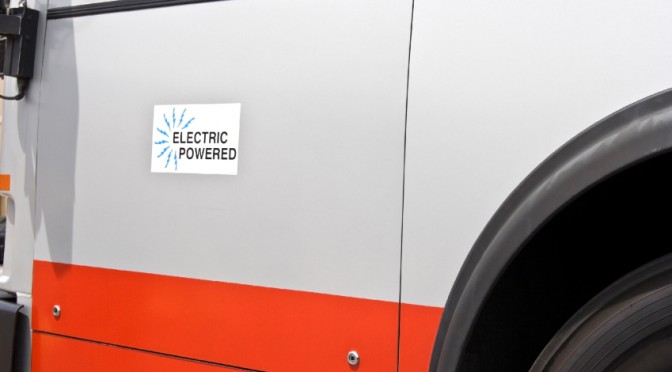Over the past few years, government stimulus funding has helped drive adoption of alternative fuel buses around the world, including buses with electric drivetrains.
Hybrid and battery buses have both benefitted from these initiatives, while fuel cell buses have had support from government programs designed to support transit fuel cell systems.
Bus operators are interested in electric drive options because they offer environmental and energy security benefits, quieter operation, as well as fuel savings.
However, the fact that many of these benefits accrue mostly to the public, rather than to owners or operators, threatens to limit the commercial success of these technologies. All three bus options come with higher price tags than diesel or CNG buses, and bus operators must either offset these costs with government subsidies or achieve sufficient operational savings to offset the price premium.
This cost premium will be a challenge for both battery and fuel cell buses in securing significant market share, but both segments will continue to see growth as countries subsidize new bus technologies.
Hybrid buses have already captured significant market share in the United States, and China has also been strong in this technology. Hybrid buses will also begin to see more uptake in Europe, albeit at a slower rate than in the United States or China.
Lithium ion batteries, the primary battery chemistry for battery buses, will also supply a significant percentage of the energy storage needed in hybrid and fuel cell drivetrains.
This Pike Research report examines the opportunities and challenges in the global market for hybrid electric, plug-in hybrid, battery electric, and fuel cell buses. The report covers the full range of bus applications including transit, motor coach, shuttle, school buses, and paratransit, in addition to the most prevalent bus sizes: full-size, articulated, medium duty or midibuses, and minibuses. The report provides an assessment of the top markets for electric buses, the likely next markets, and key drivers and barriers to market growth including public policy, cost, domestic content regulations, and competing technologies. Market forecasts are included for hybrid, battery, and fuel cell buses in heavy duty and medium duty segments through 2018, and key market players are also profiled.


